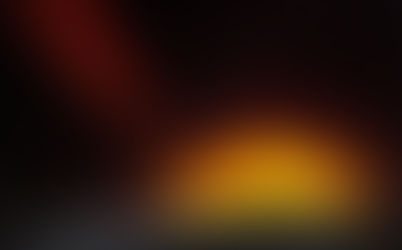I Want To Know......
- rockandmineralclub
- Oct 14, 2015
- 3 min read

What is the difference between a rock and a mineral?
A mineral is defined as a naturally occurring inorganic solid having a specific and characteristic chemical composition and usually possessing a definite crystalline structure. A rock can be made of a single mineral or an aggregate of several minerals, and all rocks belong to one of three groups: igneous, sedimentary, and metamorphic.
What is cleavage and fracture?
Cleavage describes how a mineral breaks into flat surfaces (usually one, two, three or four surfaces). Cleavage is determined by the crystal structure of the mineral. Fracture describes how a mineral breaks into forms or shapes other than flat surfaces. Common Fracture Descriptions 1. Conchoidal: describes a curved, nearly rounded, smooth fracture that looks like the inside of a shell. This is seen best in the igneous rock, obsidian, but also in massive pieces of the mineral quartz. 2. Fibrous: describes minerals (like chrysotile asbestos) that break into fibers. 3. Splintery: describes minerals that break into stiff, sharp, needle-like pieces. 4. Hackly: describes fractures that have rough edges. 5. Uneven or irregular: describes minerals that break into rough, uneven surfaces. Sometimes one person might identify a fracture as hackly and another would describe the same specimen as irregular because they are fairly close to each other in appearance. With more experience, a mineralogist can easily tell the difference between these two fractures.
Why do so many mineral names end in "ite"?
The "ite" suffix is derived from the Greek word lithos meaning rock or stone (the adjectival form of lithos is "-ites"). It is a convention in the mineral world that new minerals are given names ending in "ite." The International Mineralogical Association's Commission on New Minerals, Nomenclature and Classification publishes guidelines for naming new minerals (or renaming old ones).
What is the difference between jade and jadeite?
What was traditionally called jade is in fact two separate and distinct minerals; jadeite and nephrite. These two materials have different chemical compositions, levels of hardness and densities. They even have different crystal structures. Most of the classic jade from China is nephrite; jadeite comes mainly from Burma. The rarest and most valuable jadeite is called imperial jade, and is colored green by traces of chromium. It has a color and transparency that rivals fine emerald, though imperial jade is slightly more yellow in tone. Jadeite is generally very expensive, while nephrite is still quite affordable.
What is "color of streak"?
The streak test is one of the many methods used to identify gemstones. Each gemstone has an inherent color, that is, it's true color not affected by any impurities. The color of a mineral when powdered is called the streak of the mineral. Crushing and powdering a mineral eliminates some of the effects of impurities and structural flaws, and is therefore more diagnostic for some minerals than their color. Streak can be determined for any mineral by crushing it with a hammer, but it is more commonly obtained by rubbing the mineral across the surface of a hard, unglazed porcelain material called a streak plate. The color of the powder left behind on the streak plate is the mineral's streak.
What is "specific gravity" for gemstones? What does it measure?
Specific gravity is a way to express the relative density of a gemstone. It is measured as the ratio of the density of the gemstone to the density of water. It is expressed as a number that indicates how much heavier the gemstone is compared to an equal volume of water.
Scientifically, specific gravity is defined as a ratio of the mass of a given material to the mass of an equal volume of water at 4 degrees centigrade. Most gemstone substances are two to four times denser than an equal volume of water. Specific gravities are expressed in decimal numbers, for example, 4.00 for corundum, 3.52 for diamond and 2.72 for quartz. Zircon, one of the densest gemstones, may have a specific gravity as high as 4.73!
For exact values, various measuring devices are used. Rough approximations of the specific gravity of lighter stones can be made by using a series of liquids with known specific gravity values. For example, if a stone floats in a liquid with a specific gravity of 4 and sinks in a liquid with a specific gravity of 3, the specific gravity of the stone must lie between these values.
Have you heard of Fordite?
Fordite, also known as Detroit agate, is old automobile paint which has hardened sufficiently to be cut and polished. It was formed from the built up of layers of enamel paint slag on tracks and skids on which cars were hand spray-painted (a now automated process), which have been baked numerous times. In recent times the material has been recycled as eco-friendly jewelry.
Check it out online.

















Comments